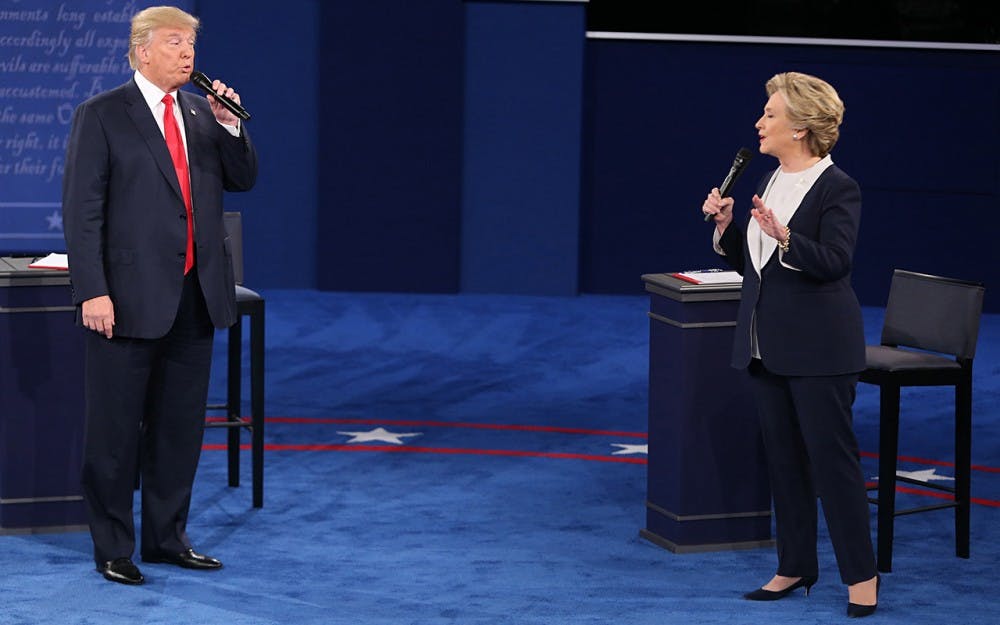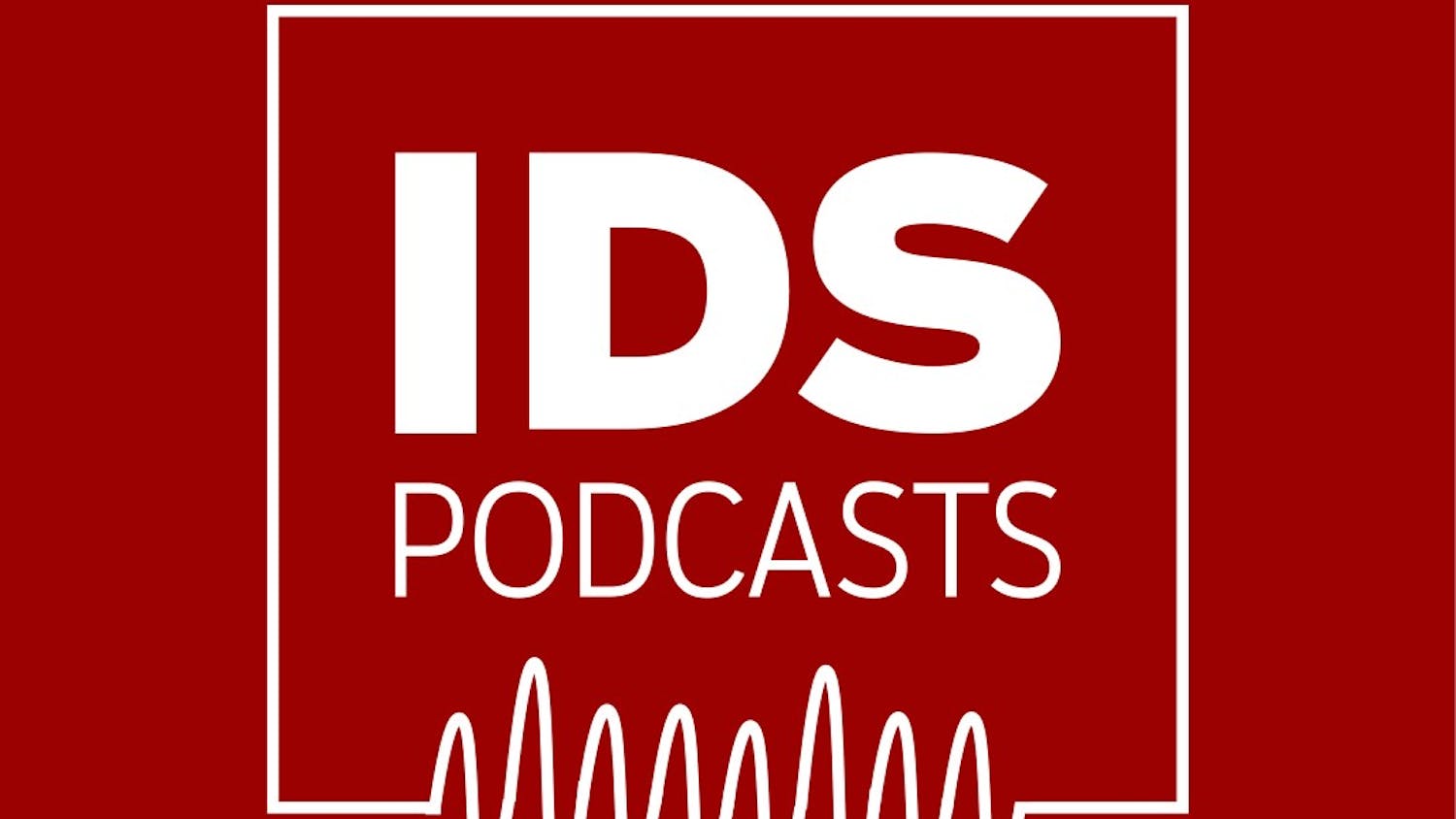The United States election cycle is coming to an end Tuesday, and after the polls close the country will find out which candidate will be president and if their fundraising and campaign funds were effective at reaching and mobilizing voters.
More than 1.3 billion dollars have been raised for both Republican and Democrat candidates, according to the Federal Elections Commission. Most of those funds were raised for Donald Trump and Hillary Clinton. As of Oct. 19., Republicans have raised $551.6 million to the Democrats’ $733.5 million.
Bernard Fraga, an assistant professor at IU’s Department of Political Science, said one of the major functions for the campaigns has been to encourage voter turnout and a lot of money has been spent to do that.
“All evidence suggests that the Clinton campaign has an impressive get-out-the-vote system,” Fraga said.
This early-voting system is designed around media advertisement buys, online advertising and speeches by candidates and supporters.
Indiana has raised almost $7 million as of Oct. 19, according to FEC records. Many in the Bloomington area who have donated to either Clinton or Trump did so in small installments from as low as $25 to as high as $500.
The state of Indiana, which historically votes Republican, has funneled more money to Clinton than to Trump this election, and this is one reason Trump has been focusing on buying greater television and air time in the state.
Trump’s campaign has spent $126.6 million on online advertising and ad buys throughout the country, and Fraga said while it has not been talked about as much in the media Trump has had an effective get-out-the-vote system in key states as well.
“The Trump campaign also appears to be mobilizing supporters effectively, at least in a small number of swing states,” Fraga said.
Clinton has spent $253.2 million, twice what Trump has spent, on media buys and online advertising.
Much of the funds spent on media and advertising have gone toward negative advertising against the other candidate.
Marjorie Hershey, a professor of political science at IU, said both candidates have unusually high negative ratings in the polls. Presidential candidates going from George W. Bush to Dwight Eisenhower enjoyed an average of 70-percent favorability in the polls, according to Gallup polling information.
As a result, Hershey said the candidates do not have much choice except to try to make the other appear worse through buying air time and using negative ads.
“They don’t have much choice other than to try to deepen one another’s negative image,” Hershey said.
Despite the negativity and divisiveness of the campaigns this election, Fraga said he believes the attacks have not changed the minds of those voting.
“This election will be remembered as an instance where the differences between the candidates were extremely clear and most voters had made up their minds well before election day,” Fraga said.
Hershey said she felt this election, regardless of advertising and negativity, has shown the polarization of political ideology in the United States.
“These are real differences. They aren’t trivial or silly,” Hershey said. “We genuinely disagree on important issues, such as health care, immigration and race.”
Herhsey said she hopes despite how negative the system has become there is still hope for democratic process. She said while democracy does not promise everyone will agree, even after months of ads and debates, democracy does promise people with differing beliefs a forum.
“Instead, democracy is intended to be a way for us to disagree without shooting one another,” Hershey said. “We’ll see on Wednesday whether we’re still capable of that.”




